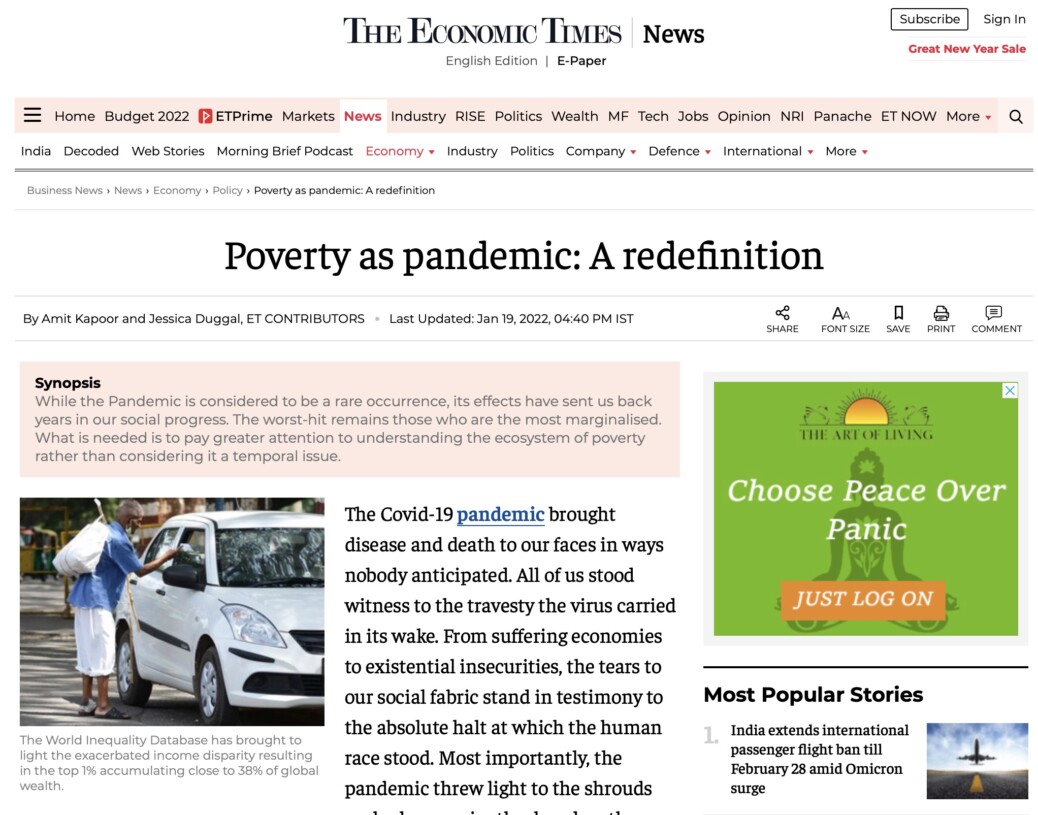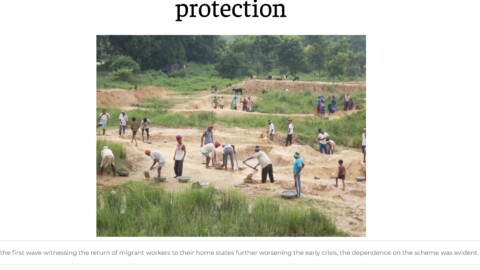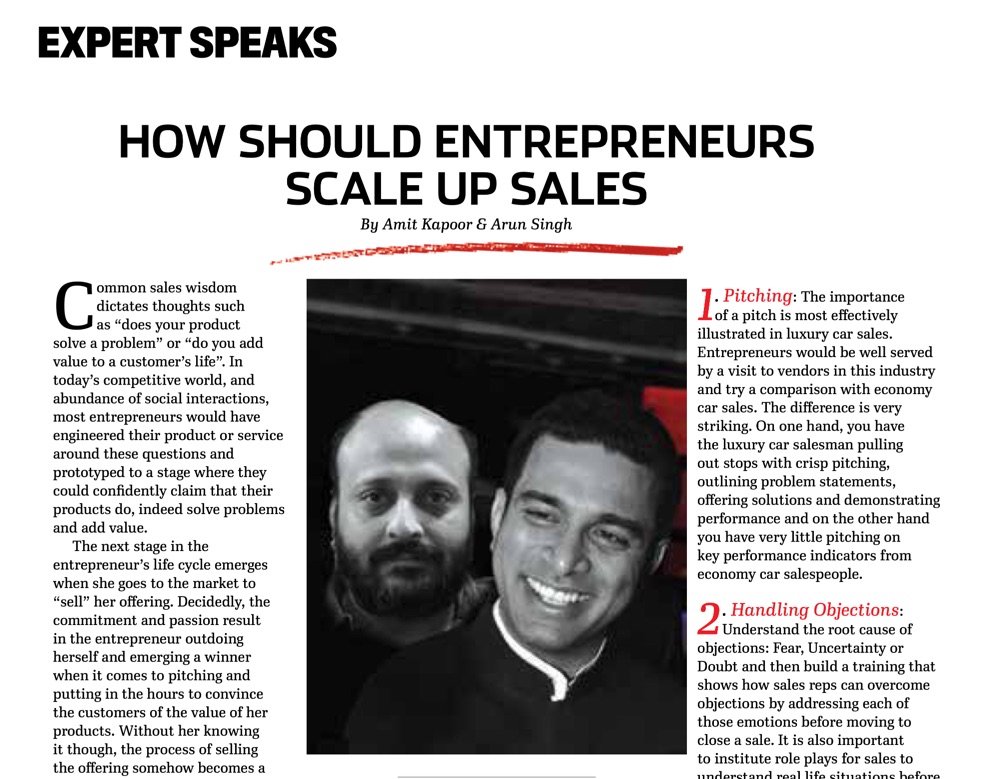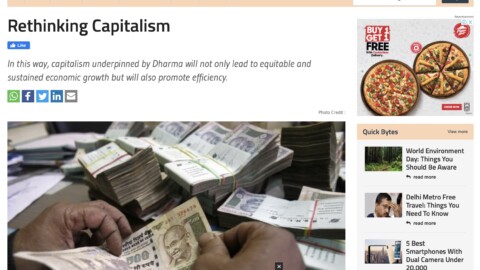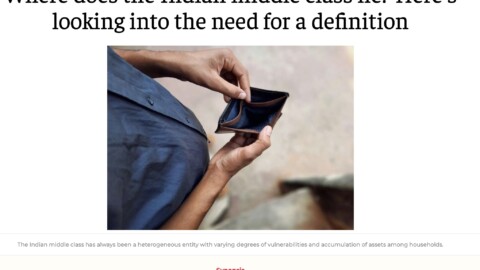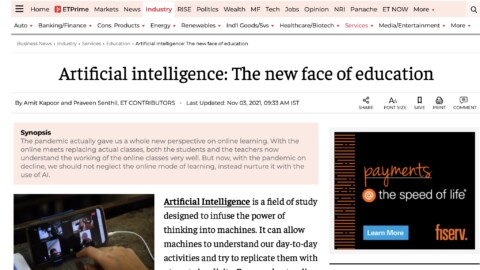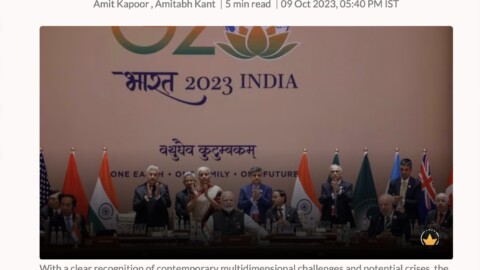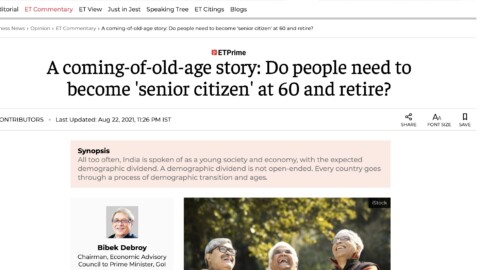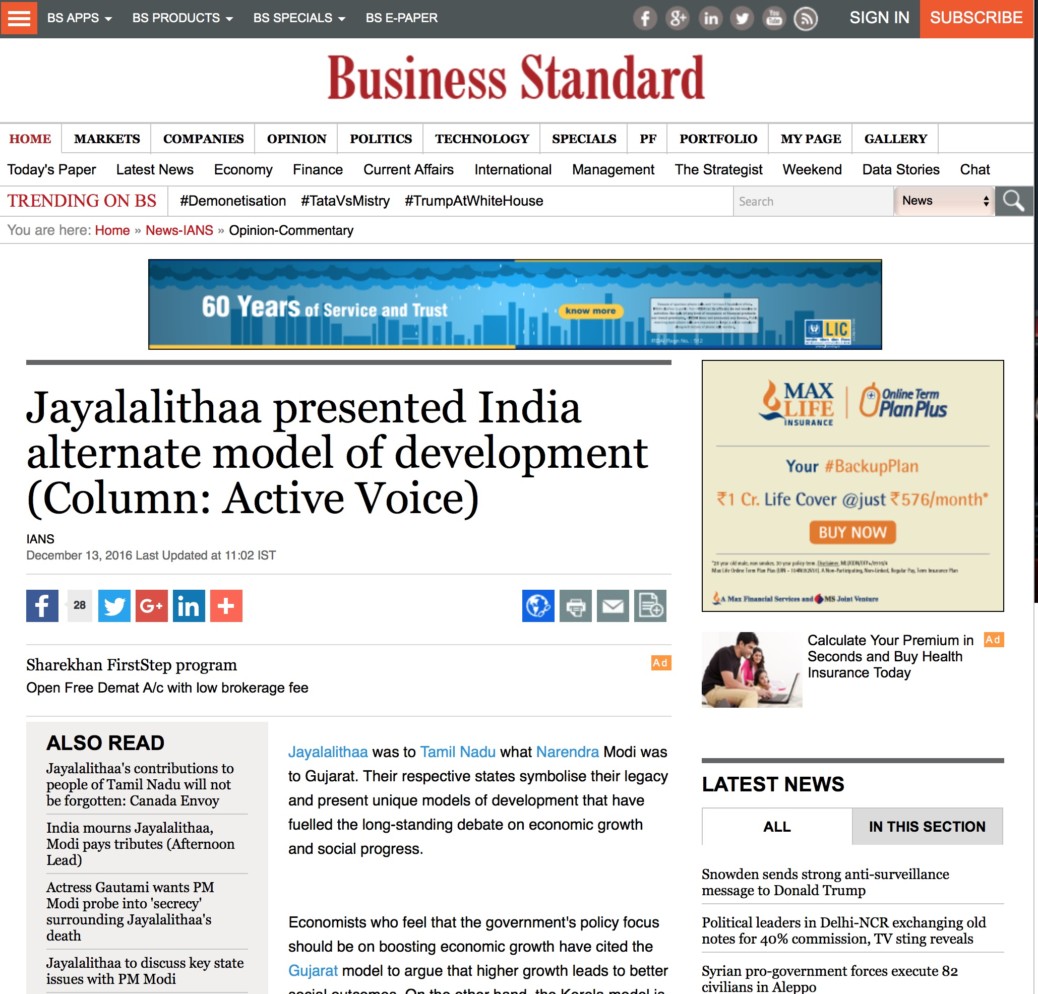Poverty as Pandemic: A Redefinition
The Covid-19 Pandemic brought disease and death to our faces in ways nobody anticipated. All of us stood witness to the travesty the virus carried in its wake. From suffering economies to existential insecurities, the tears to our social fabric stand in testimony to the absolute halt at which the human race stood. Most importantly, the Pandemic threw light to the shrouds we had conveniently placed on those beneath us. It revealed pre-existing inequalities of all kinds and natures that have intensified as we moved into the Covid world. Even when we say that there is no inequality in death, we forget that death was readily available to those who could not afford to live in the past two years, who did not have a fighting chance to sustain in the Pandemic. Rich made it to the headlines for enhancing their wealth while the poor silently descended into unimaginable dearth.
The precise estimates of poverty caused by the Pandemic were calculated by looking at the difference between the latest growth forecasts available from the Global Economic Prospect (GEP) and the pre-pandemic forecasts available from the GEP of January 2020. As per World Bank Open Data estimates, extreme poverty rose dramatically after two decades. Globally, about 97 million additional people are living in extreme poverty now. This has added to the number of people already living in poverty and has a significant implication. A number as massive as 97 million must encourage investigation on how people were forced into situations of extreme poverty. How many of these have fallen back into poverty after rising out of it, at what rate did these people fall into poverty and how many were living on the edge of the poverty line. Asking these questions is essential to fully grasp the ecosystem of poverty that has developed in the last few decades and to understand the impact of significant events like the Pandemic on poverty as a chronic issue. The World Inequality Database has brought to light the exacerbated income disparity resulting in the top 1% accumulating close to 38% of global wealth. While income distribution is not the only measure to assess inequality and poverty, it highlights the restrictions people living in poverty face to access the basic living requirements. These questions have opened the discussion for understanding poverty as a deprivation. Beyond the mathematical measurements of poverty, the everyday struggle of inaccessibility and restrictions are married to what it means to be poor.
Poorness is an extraordinary condition that manifests in ordinary ways that have normalised our understanding of the poor and poverty. It does not always present itself in the theatrics of apathy. It simply passes in front of our eyes when we see homelessness or beggary, or hunger. If anything, the past two years have proved how important it is to push for conversations that aim at redefining poverty in the context of the Pandemic. Therefore, the focus here is to reassert an understanding of poverty in a multidimensional framework. Multidimensional indices emphasise non-monetary variables like education and health. However, they are far from capturing a comprehensive picture of measuring poverty. What we mean by a comprehensive analysis is then to express how poverty translates into an individual’s everyday struggle. Therefore, any methodology towards calculating poverty and inequality should avoid making universal assumptions about the contexts in which the poor live.
The Old and the New: Defining Poverty
Millennium Development Goals (MDGs) signed in 2000 marked a breakthrough from the previous “trickle-down” approach. A trickle-down theory argues that rising incomes at the top of the pyramid would lead to more jobs, revenues, and a reduction in poverty as growth would trickle down to as one moves towards the lower end of the spectrum. On the other hand, United Nations, through the MDGs, targeted at eradication of extreme poverty and hunger in collaboration with the Food and Agricultural Organization (FAO) through increasing agricultural productivity, incomes, and nutritional practices at all levels with the enhancement of direct access to food by the most vulnerable. The intervention at all levels ensures proper identification of beneficiaries, direct transfer of benefits, monitoring the vulnerable population, and halting their further descent into extreme poverty.
This redistributive approach marks our breakaway from the existing policy approaches guided towards eradicating poverty. Most of all, it aims to restore the dignity of life for the poor. Thus being truly comprehensive in our process would entail looking into individual contexts of poverty and understanding what it means to fall into poverty or rise out of it. This would mean that simply identifying a variable in the calculation will not be enough to understand the intensity of poverty. The debate, therefore, must shift from accessibility to resources to how many people can actually avail those resources. For instance, if access to cooking fuel becomes a quantifiable variable, then who has the set up to use that cooking fuel and who does not should also find a place in the final evaluations. Other variables, especially in the backdrop of the Pandemic, include access to healthcare and the ability to follow protocols like social distancing, proper space for isolation or being able to buy appropriate masks and shields.
The attempt, therefore, must be to make sense of poverty in a truly multidimensional framework that accounts for individual experiences of deprivation and exclusion. The purpose behind extending our paradigm is to offer solutions at the point of descent into poverty. Understanding socio-economic inhibitors that trigger a downward trend help us to identify the location of intersection between vulnerabilities and deprivations. While the Pandemic is considered to be a rare occurrence, its effects have sent us back years in our social progress. The worst-hit remains those who are the most marginalised. What is needed is to pay greater attention to understanding the ecosystem of poverty rather than considering it a temporal issue.
The article was published with Economic Times on January 19, 2022.
